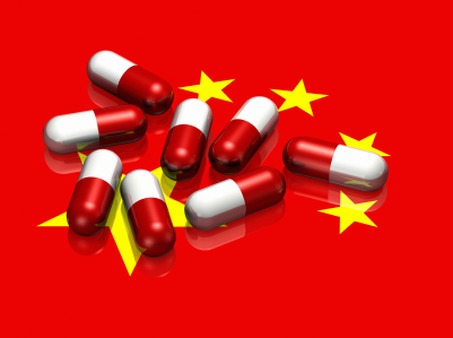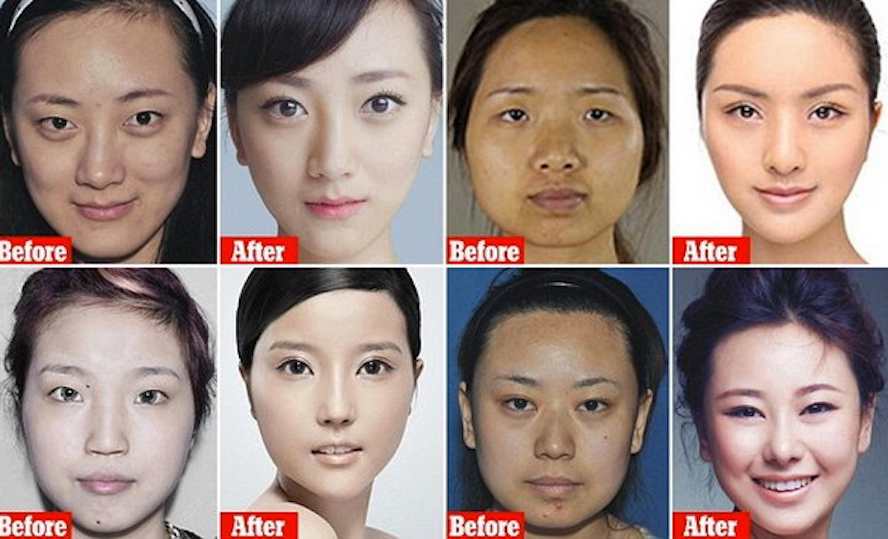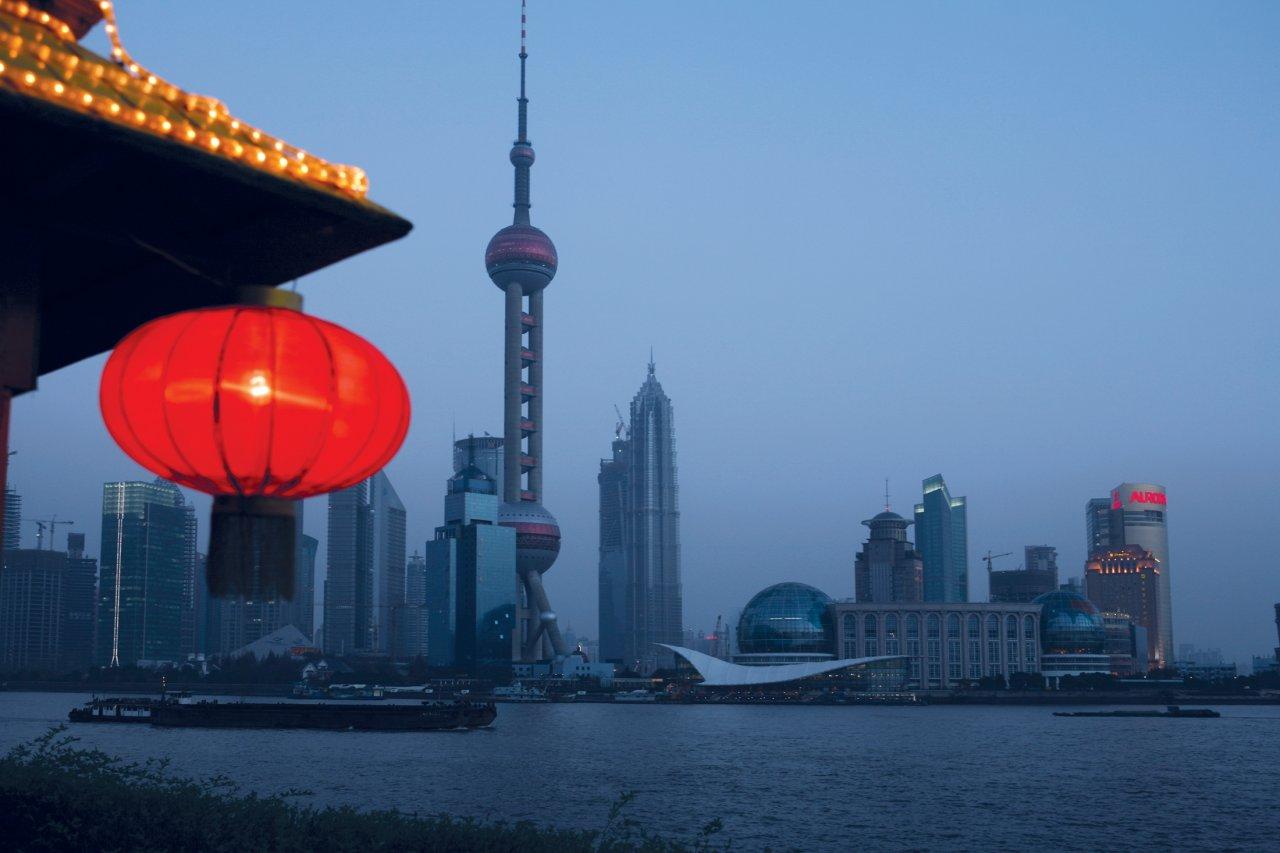China's Life Science VC Rises 50% Higher in 2017
Richard Daverman (China BioToday)2017-08-07 14:22:17

Funds Raised Targeting China Healthcare
China life science venture/private equity funds have raised $45 billion and invested $12 billion over the past 30 months. They closed $20 billion in new funds during 2016 and are on track to hit $30 billion this year.
The VC/PE support is just the start for China companies. There is over $100 billion available in state, provincial and local funding for life science companies. BeiGene, for example, formed a $330 million JV this year with Guangzhou GET Technology Development to build a biologic drug manufacturing facility in the Guangzhou park, using only $30 million of its own resources.
So far in 2017, there have been two billion dollar deals in China: IHH Healthcare of Malaysia promised $1 billion to build out its chain of Gleneagles hospitals in China, and China investors Arch and Tencent participated in the $900 million backing of Grail, an Illumina spin-out that is setting its sights on developing a liquid biopsy for early cancer diagnosis.
There were also significant pharma VC investments during 2017's first six months. Ascletis raised $100 million from C-Bridge, QHFZ and Goldman Sachs. Ascletis anticipates becoming a commercial company, following China approvals for its China-developed, two-drug, all-oral treatment for hepatitis C
M&A Activity in China Healthcare
Sanpower is a major driver in the sector. So far this year, it has paid $820 million to buy Dendreon's assets (the Provenge immunotherapy for prostate cancer) and another $780 million for a controlling interest in China Cord Blood, a cord blood banking company. The monster M&A deal this year has been the $4.3 billion acquisition of ChemChina by Syngenta AG of Switzerland.
For IPOs, the total money raised could decline slightly in 2017, after two strong years in 2015-16. The total value for China life science companies in 2016 was $4.3 billion, and it is currently trending toward $4 billion this year. The total number of IPOs may end higher than last year, but the average size is down (in 2016, China Resources Pharma staged a major $1.8 billion IPO in Hong Kong, a transaction whose size will be difficult to match). In 2016, the average deal size was $153 million, a figure that dropped to $83 million in the first half of 2017.
WuXi Biologics, a prominent name, staged a $513 billion IPO in Shenzhen during June, and other pharma/life science companies may also be in the queue. Hong Kong is not the only center for China IPOs these days, because China regulators are allowing companies to IPO at a steady, albeit fairly slow, pace.
In Partnering deals, 2017 follows a strong 2015-2016, much like the IPO sector. In the first week of 2017's second half, BeiGene gave a huge boost to Partnering with the first $1 billion deal of the entire year. It announced a $1.4 billion deal with Celgene, a transaction that gave Celgene ex-Asia (plus Japan) rights to BeiGene's PD-1 candidate. BeiGene was paid $263 million upfront and also received a $150 million equity investment from Celgene, which BeiGene can use to underwrite its active clinical development program.
BeiGene is also to be paid up to $980 million in development, regulatory and sales milestones, plus it acquired China rights (including manufacturing) to Celgene's three China-approved cancer drugs. Along with the rights, BeiGene will take over Celgene's existing China sales organization, which gives BeiGene an established group to market its own portfolio of cancer drugs, once they are approved.
Meanwhile, the CFDA is making significant moves toward "harmonization" with global drug regulatory standards, promising faster rulings on regulatory submissions and easier rules for global trials of drugs. Returnees continue to stream back toward their China homeland: 2 million in the last six years, 250,000 of whom are in life science.





